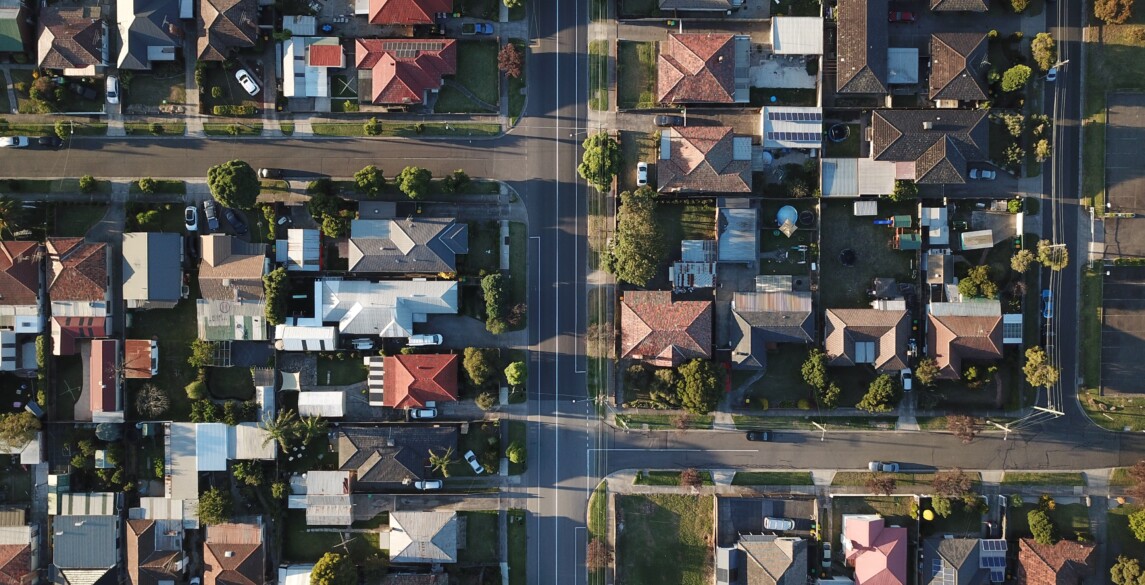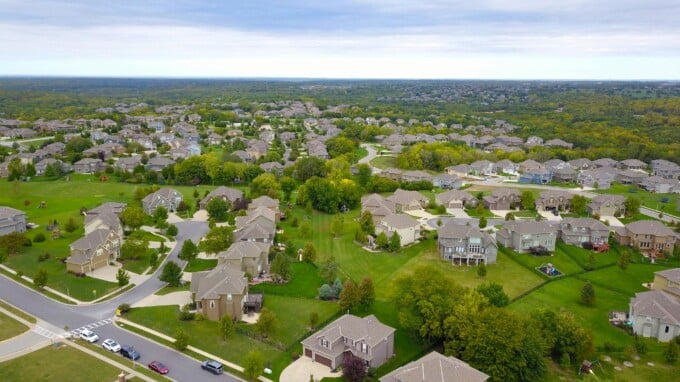Urban, Rural or Suburban – Considerations Ahead of Your Move
“There are a number of details to consider when planning a move. Between budgeting, scheduling, packing and purging, a lot goes into … Continued

“There are a number of details to consider when planning a move. Between budgeting, scheduling, packing and purging, a lot goes into preparing for the big day. But, before any of those steps can begin, you need to know where you’re moving. Even more broadly than a specific house or apartment, you first have to decide on the type of neighborhood you want: urban, suburban or rural.
All have their own unique pros and cons, which if not thoroughly considered, might leave a newly relocated family rethinking their decision. Before making your next move, be sure to weigh these considerations regarding urban, suburban and rural neighborhoods.
Urban Living
Urban locations, or more commonly put, cities, are known for their bright lights, abundance of job opportunities and seemingly limitless art, entertainment and dining options. According to the University of Michigan, around 82% of the U.S. population lives in urban areas. That number is expected to reach 90% by 2050.
Advantages of city living
Convenience
Most major cities typically have well-maintained public transit systems that help residents get around town with ease. On top of that, you usually don’t have to go far to find what you need, whether that’s food, entertainment or work. Cities also have more alternative modes of transportation like taxi and ride-sharing services, and increasingly, bike-sharing and electric scooter services.
Career Opportunities
Because of cities’ large populations, businesses are more abundant in these areas. Living in a city offers residents a solid set of options to further their career. Although, more job opportunities also usually means greater competition among viable candidates.
Culture
Cities’ larger populations also generally mean greater diversity, which creates a more dynamic culture. Whether it be theatres, museums, music venues or regularly held festivals, cities are an ideal place for people who enjoy exploring and experiencing different ideas and beliefs.
Disadvantages of city living
Expensive
The convenience of living in a city also comes with a higher price tag. According to Forbes, the nationwide average for rent in urban areas is close to $575 more a month than in a suburban areas, or roughly $7,000 a year. In the New York City metro area, these numbers are even more lopsided. A study conducted by Zillow and Care showed a family of four will spend roughly $71,000 more a year to live in the city rather than its suburbs! If there are budgetary restrictions, living in a city might not be the first choice.
Traffic
While things are relatively close in proximity in a city, it also draws in commuters from the nearby suburbs, which can lead to a lot of traffic, street noise and congestion.
Suburban Living
Just outside city limits are the suburbs. These areas still have a mix of homes and businesses, but they are much more residential-focused than cities. The suburbs often have a collection of neighborhoods and subdivisions that cater to a wide range of needs and budgets.
Advantages of suburban living
Cost
As noted above, on average, families spend around $7,000 less a year living in the suburbs compared to the city. While the commute time might be a bit longer for those living in the suburbs, the money saved on mortgage or rent can be worth the longer commute.
More personal space
Having a yard and parking spot are amenities that many desire from their living situations, and which isn’t available in a city without paying a significant premium. The suburbs offer residents more space, which can be appealing for those with children or those who value a little more privacy from their neighbors than the cities can afford.
Schools
This certainly varies from city to city, but generally, the suburbs have better performing school systems. And because of this, many young families choose to move to the suburbs over the adjacent city.
Disadvantages of suburban living
More regulations
Not every suburban neighborhood has one, but many are known to have active homeowners’ associations, which are put in place to enforce rules for properties and their residents. These organizations often are seen as a positive as they’re put in place to maintain clean and cohesive atmospheres, but they can be seen as a nuisance at times too.
Transportation
When living in the suburbs, public transit is not as prevalent as it is in urban areas. This means having a car is much more a necessity than a luxury. Additionally, commute times are longer when living in the suburbs – meaning less time to spend at home.
Rural
Even farther out from the suburbs are rural areas. While most people might live in cities, rural areas cover close to 97% of America’s land, according to the U.S. Census Bureau.
Advantages of rural living
Property values are cheap
Rural home values are far and away the cheapest option of all three locations. According to a Zillow report, rural homes have an average per-square-foot value of $102, compared to $231 and $140 for urban and suburban homes, respectively.
It’s quiet
The sound pollution found in big cities is no longer a consideration for those living in rural areas. As reported by the Atlantic, people in cities regularly are exposed to noises exceeding 85 decibels from regular traffic, airports and public transit. Rural locations offer residents the chance to truly disconnect from excessive noise exposure.
All the space
Whether it be a home in the countryside or a swatch of land in the mountains, rural homes offer residents the unique opportunity to enjoy complete privacy, while also being part of what are usually tight-knit communities.
Disadvantages of rural living
Remote
Many people living in rural homes appreciate the isolation that these locations provide. With that said, a trip to the grocery store can be a multi-hour affair. Also, many who live in rural communities still choose to work in a city, and subsequently, can face commute times of more than two hours each day.
Cost of living can be high
Yes, as stated above, the property values are lower. However, other living expenses can be higher. Because services are much more spread out, both fuel prices and lack of options when it comes to comparing prices can leave residents at the mercy of what stores decide to charge.
Access
If you choose to live in an area that is routinely affected by severe weather, you’ll likely need a vehicle that can still get you around no matter the travel conditions.
In conclusion, as you start exploring where you want your next home to be, make sure to keep these considerations in mind. While the differences between urban, suburban and rural communities can be stark, it doesn’t mean one is better than another. Each one has unique qualities suited for people with specific wants and needs.
If you need assistance in determining which of these locations is the right fit for you, give us a call today.


